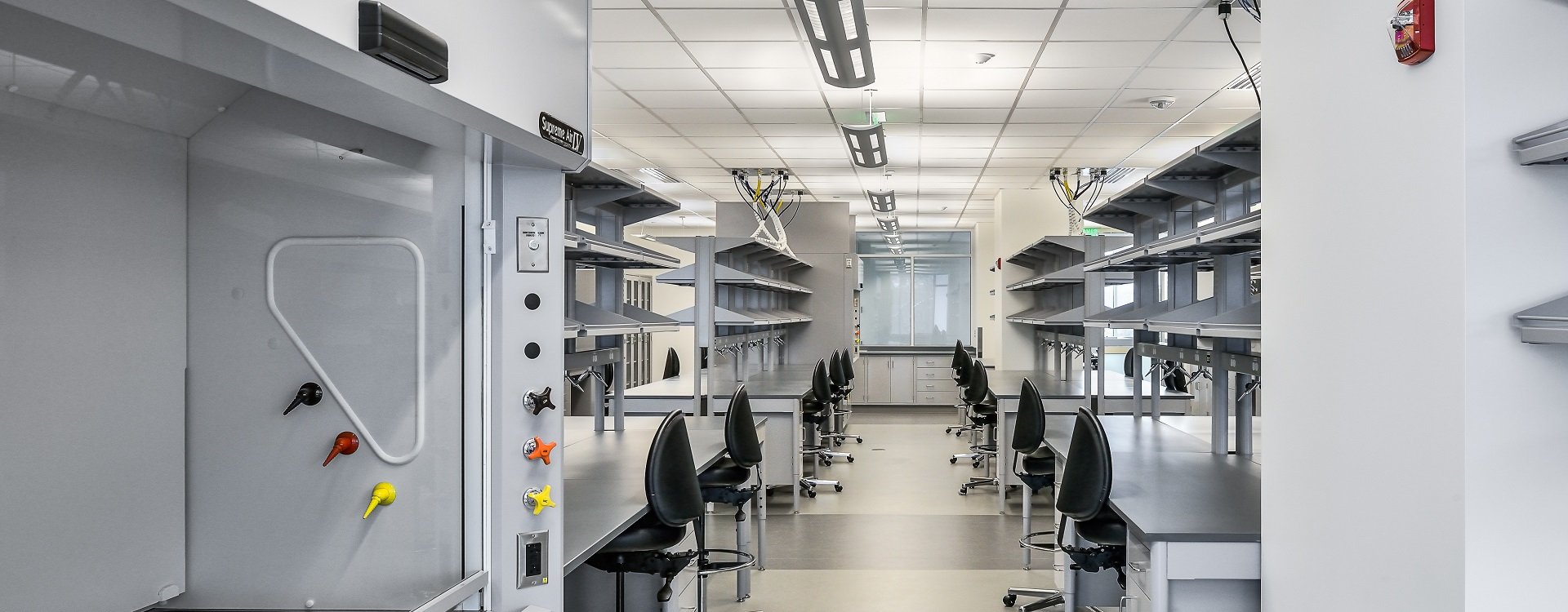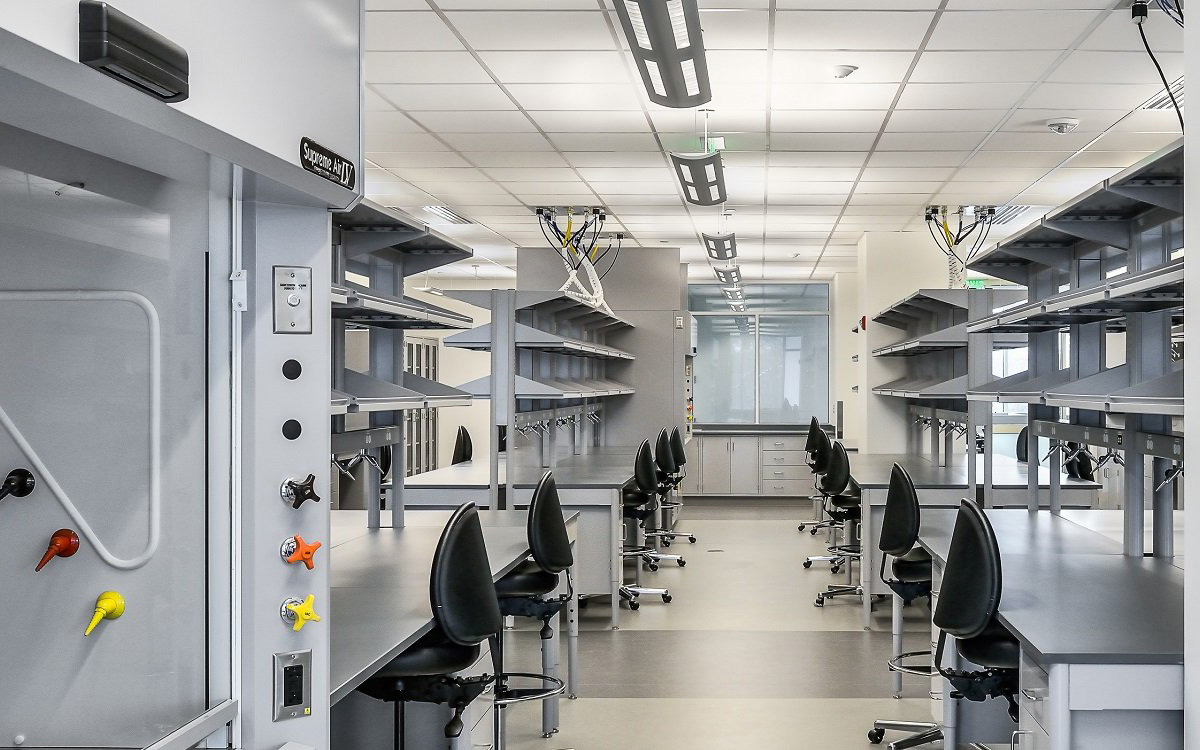History of Fume Hood
Date: 2022-01-19 Source: RUANQI Classification: Resources
ICT2 Hehu Lin
Articles Catalogue
Introduction
Early 20th century-the origin of fume hood
The Second World War promoted the development of fume hood
Application and theoretical formation of fume hood
The fume hood has entered a new stage of development
The future of fume hood
cite
The development of traditional fume hood has entered a mature stage. For decades, the theory and design concept of fume hood have not changed much.
This paper will try to imagine the future development direction of fume hood by sorting out the development history of fume hood and laboratory ventilation safety. In the process of writing this article, I got help from many people in the industry, including Erlab providing the development history of the enterprise, and some discussions about the future of the fume hood by Chip Albright, etc. I would like to thank you here.
The chapter "The future of fume hood" contains many novel ideas, which are small in length but worthy of careful consideration. In the future, I will enlarge the space, write about the possible development direction of fume hood, and discuss more new technologies that may be used in the next generation fume hood. Welcome more experts from the industry to participate in the discussion.
Introduction
Fume hood is an essential equipment in almost all laboratories, from teaching laboratories to research laboratories to industrial laboratories. The fume hood can safely remove these substances from the immediate working environment to avoid the possibility of people contacting harmful or toxic smoke, steam or dust. The fume hood is also used to protect samples from the external environment.
The fume hood can be ducted or recycled. Both types of working modes allow air to be sucked in from the front (open) side of the fume hood, and then discharged out of the building or filtered to make it safe and recycled back to the room.
Ventilation has been needed in the laboratory since the early days of chemical research. Using local chimneys to exhaust harmful gases is an obvious way to solve this problem. The fume hood has been used in the laboratory for several generations. In fact, some historians attributed the first fume hood to Thomas Jefferson or later Thomas Edison. It is said that both of them used the natural ventilation and flue of the fireplace to exhaust unnecessary steam in the experiment [1]. However, Joseph Priestly created the first laboratory chemical exhaust hood in 1790. With the introduction of electric power and electrical engineering, the invention of the first blower motor paved the way for today's fume hood. In 1923, the first ducted fume hood was installed in the University of Leeds, England.

Early 20th century-the origin of fume hood Thomas Edison, who worked around 1900, was one of the first scientists to pay attention to laboratory ventilation. Edison used the fireplace chimney in his laboratory to discharge the toxic smoke and odor produced in the experiment into the heated rubber mixture, and used the natural airflow of the chimney to exhaust the gas [2].
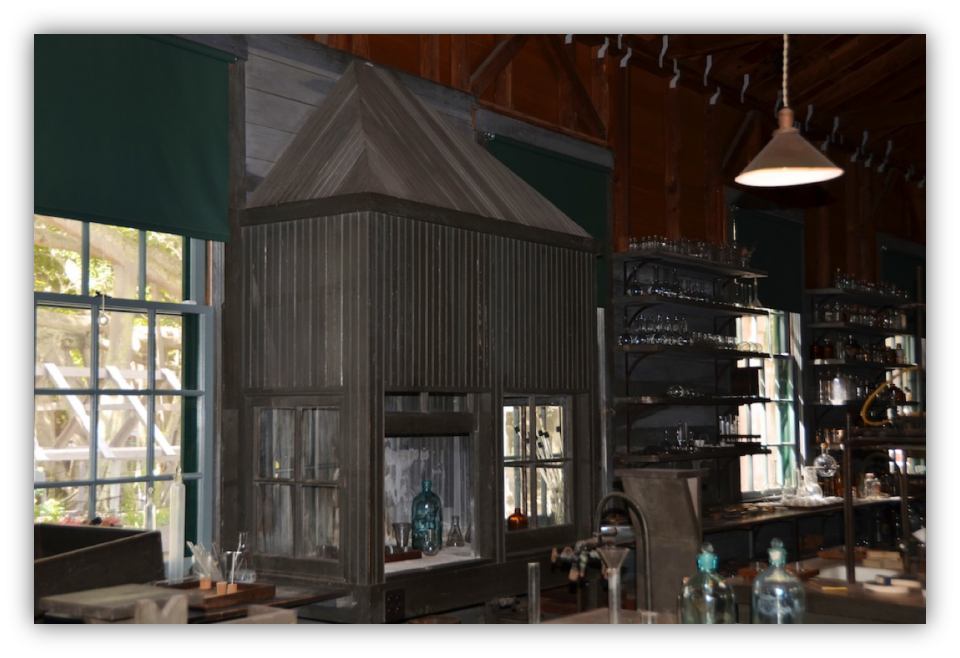
▲ Thomas Edison laboratory fume hood
In 1904, the newbuilt Institute of Chemical Engineering in Gdansk University of Technology was equipped with scientists in the auditorium consisting of wood and glass fume hoods, several classrooms, student laboratories and rooms. The upper and lower glass panels can slide to prevent smoke and explosion. Each fume hood is illuminated and equipped with a gas device for heating and tap water with a drain. The harmful and corrosive gaseous by-products of the reaction can be actively removed by natural ventilation of the fireplace chimney. For over 110 years, this early design can still be used [3].
In 1923, Leeds University used one of the earliest modern fume hoods. This device consists of a large cabinet standing at the working height and equipped with vertical sliding doors, similar to parallel windows [4].
In 1936, Labconco, as one of the pioneer manufacturers of fume hoods, developed the first fume hood for commercial sale. The device adopts the now familiar sliding door design, allowing a single operator to put his hands in the "cabinet" to work safely.
The Second World War promoted the development of fume hood
Worried about exposure to highly toxic chemicals and radioactive substances, fume hood technology made considerable progress during the Second World War. Under this disastrous background, the design of safety, ventilation and fume hood has made great progress.
Also in the war years, the agency developed high-efficiency particulate air (HEPA) filters, and later it became the Atomic Energy Commission. The development of HEPA filter has a great influence on the effectiveness of fume hood and biosafety cabinet, and greatly improves the protection of users.
In 1943, John Weber Jr. worked in Ames Laboratory in Ames, Iowa, and put forward the concept of constant face speed and variable exhaust flow hood control. This design is applied to a vertically rising sliding door fume hood which is served by a special fume hood exhaust fan. This concept eventually became the standard function adopted by many fume hoods in atomic laboratories at that time, especially in the ventilation control of fume hoods.
At about the same time, Weber also realized that when developing the emergency quick closing function as a part of his system, the best airtightness in the fume hood was realized by the smallest sliding door opening. The exhaust fan used as part of Weber system remains on.
Continuous development of fume hood application and theory
In 1951, Alyea, the chief field engineer of H.W.Johnson Service Co (now Johnson Controls, Inc.), realized that keeping the door of the fume hood closed as much as possible could save a lot of air without using the fume hood. The supply reduces the cooling demand proportionally, improves the filter life and saves a lot of energy.
In 1961, Labconco introduced the first integrated fiberglass fume hood, namely Fiberglass47. Because of its durability, cleanliness, high light reflectivity, fire resistance and chemical resistance, it is selected as the lining of fume hood. Since then, the one-piece fiberglass lining has become the iconic feature of Labcono universal chemical fume hood.

▲Labconco's Fiberglass 28 fume hood was introduced in 1965
In 1968, Francois-Pierre Hauville founded Erlab Company, and in the same year began to sell the first Captair ductless fume hood. Today, Erlab continues to develop and sell Captair series fume hoods.

▲Erlab Captair series fume hood
In 1970s, it began to try to develop an air-supplementing fume hood, which can save energy by introducing external air into the fume hood, thus reducing the loss of tempering air in the laboratory. This type of fume hood needs to use two air ducts and blower system. In 1995, Lawrence Berkeley National Laboratory applied for and carried out a well-known project, called The Berkeley Hood, which ended in 2002 without commercial success [5].
In 1970s, Labconco developed a glass fiber walk-in fume hood, which provided researchers with more operating space and allowed them to work with larger equipment in a safe environment. Stepping into a fume hood is a common function in many laboratories today.
The fume hood has entered a new stage of development
In 1985, ASHRAE of the United States introduced the world's first performance test standard ASHRAE 110-1985 for fume hoods. The development of fume hood has gradually entered a standardized development period.
In 1990, Britain issued the British standard BS 7258 for fume hoods. It gradually evolved into EN 14175 and was accepted by most of Europe and other parts of the world.
During the 1990s, an important milestone was the development of the sliding door limiting device, which aims at limiting the size of the sliding door that can be opened without hindering the entrance and exit, and reducing the energy consumption of the fume hood.
In 1991, OSHA (Occupational Safety and Health Administration) had jurisdiction over the laboratory.
In 1992, the United States introduced ANSI/AIHA Z9.5 as the national standard of laboratory ventilation.

▲ The latest version of ▲ANSI/AIHA Z9.5 is the 2012 version
In 1995, the greatly improved ASHRAE 110-1995 was introduced. Taking 1995 as the dividing line, the United States completed the establishment of modern industrial ventilation (including laboratory ventilation) safety management system.

▲ASHRAE 110-1995
In 1996, AFNOR AF X 15 211:1995 standard was introduced, so that the performance of ductless fume hood can be evaluated according to strict standards. This standard is used as a reference standard for all fume hoods today.
In 1997, Lab Crafters introduced its patented high-performance Air Sentry fume hood, which was the first high-performance fume hood put on the market. For example, the fume hood provides an efficient and quiet operation, aiming at cross ventilation under "real world" conditions and operation under temperature and pressure fluctuations. At present, more than 1,200 Air Sentry fume hoods have been installed all over the country.
In 1998, Erlab expanded the range of Captair products to meet the needs of modern laboratories. The new instruments include CaptairStore (a ventilated filter locker), CaptairBio (a PCR workstation) and CaptairFlow (a cabinet containing HEPA filter).
In 1999, the United States introduced UL 1805 fume hood standard, which not only involves fume hood fluid performance, but also involves laboratory fume hood fire, electrical and other hazards. To sell fume hoods in America, fume hoods must be certified by UL1805.
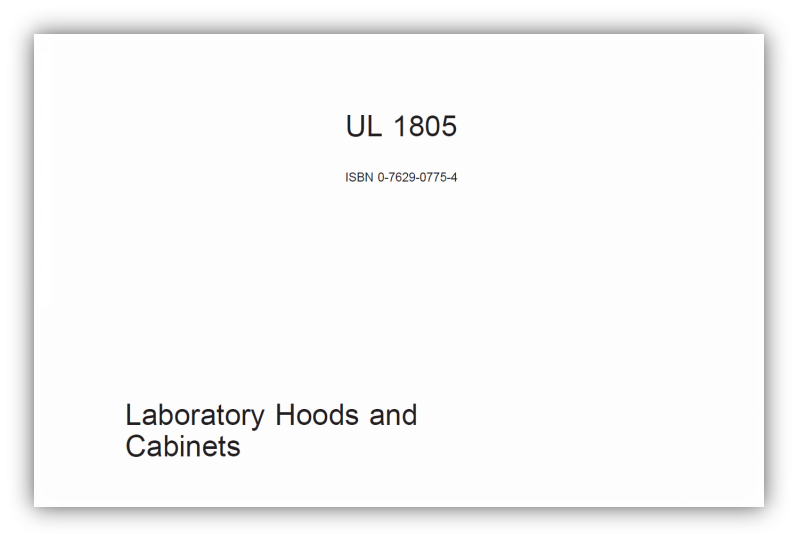
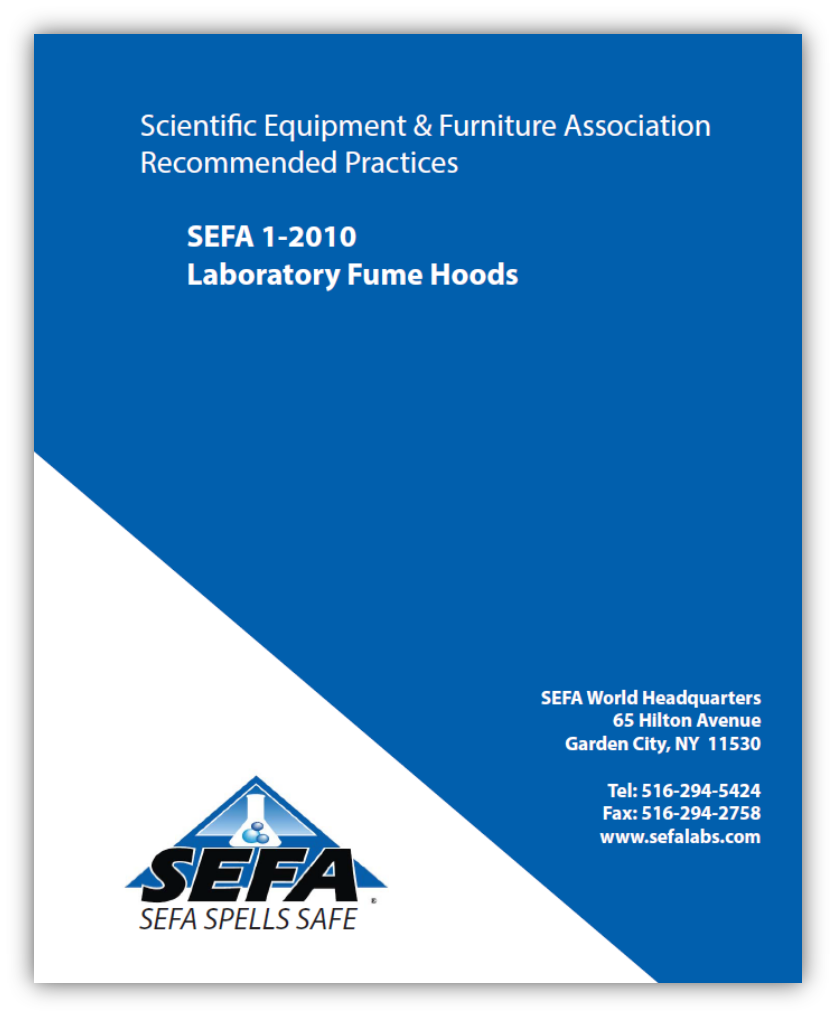
▲SEFA 1-2010 fume hood
In the 2000s, an important milestone was the development of a low-flow fume hood operating at 50-60 fpm. These instruments can save a lot of cost and energy while still providing the performance of earlier models. The typical representative is Labconco's X-Stream series products.
In 2006, Taiwan Province University of Science and Technology applied for the patent of air curtain exhaust cabinet, which is completely different from the traditional chemical exhaust cabinet. In 2012, it applied for an inclined air curtain exhaust cabinet.
In 2008, Erlab first demonstrated their multi-carbon resistant technology Green Flying Butterfly fume hood technology in Pittcon. Multi-carbon-resistant technology Green Flying Butterfly fume hood technology marks the design of a new generation fume hood, whose main purpose is safety, energy saving, economic efficiency and environmental protection.
Also in 2009, AirClean Systems began selling independent ductless fume hoods. The equipment integrates Silconazne filtration system, which provides advanced technology in gas phase filtration, filtration monitoring, air flow control and monitoring, and user-friendly operator interaction.
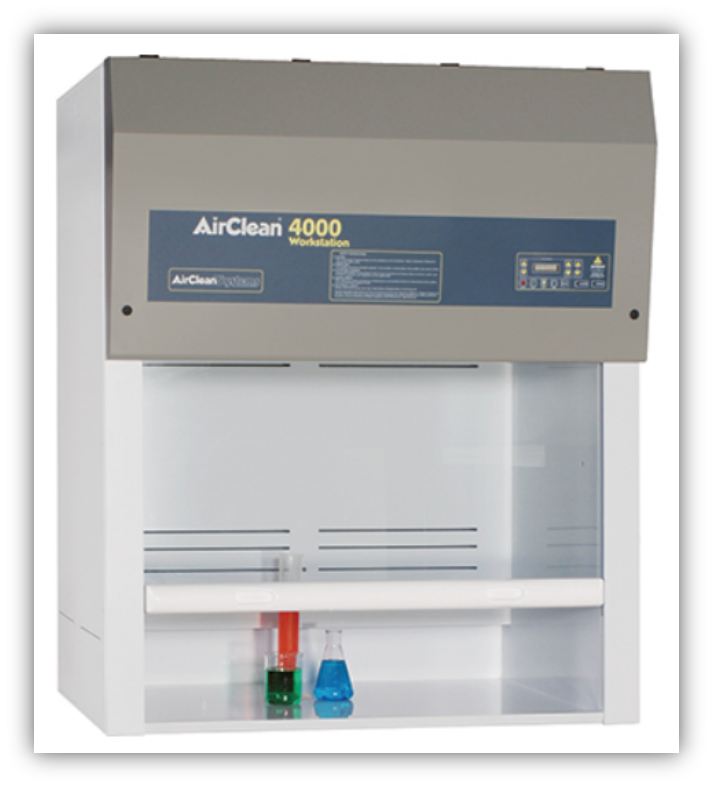
▲Air Clean Systems independent tubeless fume hood
In 2010, Air Science Company introduced a series of new enhanced filtration technology (EFT) carbon filters for its tubeless fume hood series. Enhanced filtration technology is a universal filtration system developed for a variety of core chemicals, including organic acids, alcohols, aliphatic hydrocarbons, aromatic hydrocarbons, esters, aldehydes, ketones, ethers, halogens and inorganic acids.
In the same year, Air Science also launched Purair ECO energy-saving ductless fume hood series, whose design is based on EFT filter, which can protect chemicals and particles in a wide range of laboratory and industrial applications, aiming at protecting chemicals and particles. Pureco was developed in response to the growing global demand for safe, cost-effective and energy-efficient tubeless fume hoods, which can minimize the pressure of HVAC system in facilities without damaging the protection of people and the environment.
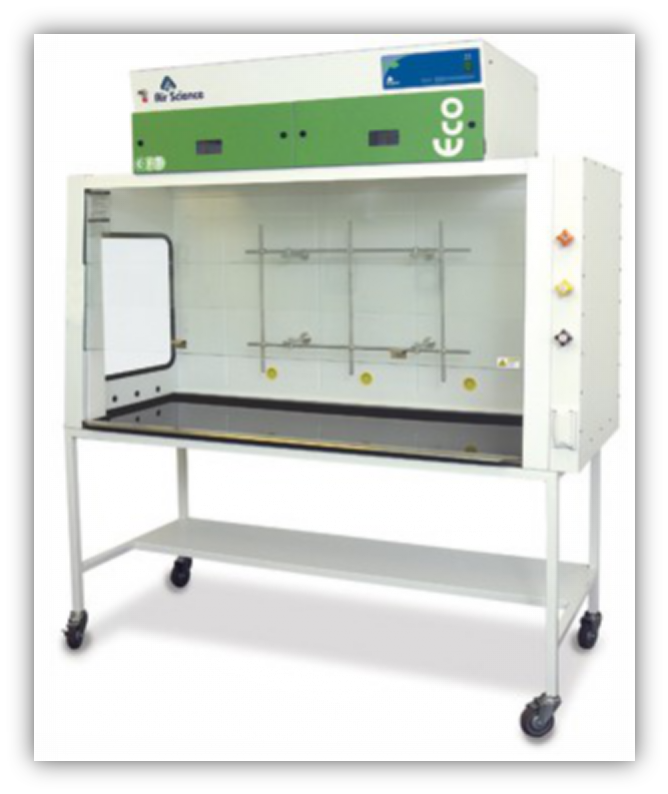
▲Purair ECO energy-saving ductless fume hood
ASHRAE 110 was updated to the 2016 edition, and the data collection and testing process were updated. The biggest update of this version is to reduce the total amount of SF6 used.
In 2016, E-Tech (E3) launched the supplemental ventilation hood and the Miaorheologic air volume valve in China, claiming to have solved the problem of air flow control that has not been solved in the United States for decades [6], and once again caused the discussion about whether the supplemental ventilation hood is reasonable. Innovation brings more vitality and thinking to the market. Wider tolerance and discussion are also needed for the development of this industry. No innovation and no progress, time and market will finally give the answer.
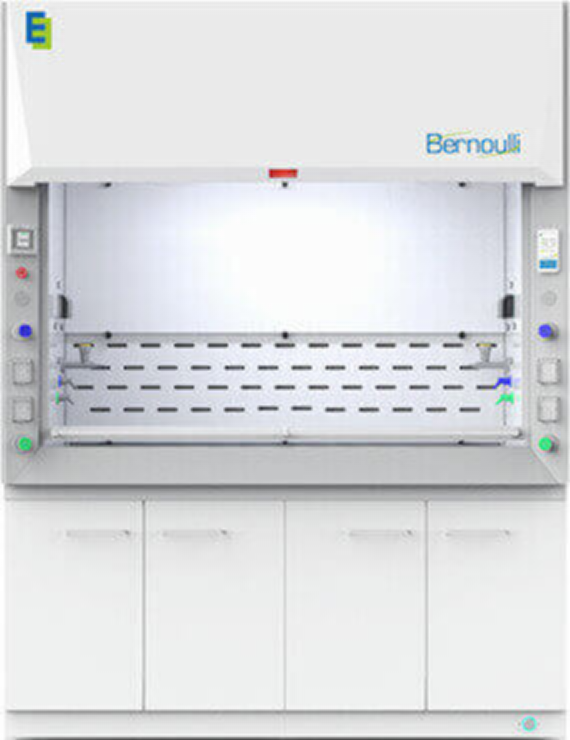

▲EN 14175-3:2019 edition
The future of fume hood
The future of laboratory fume hood and laboratory ventilation technology will develop in many directions. Future development will focus on solving many problems existing in traditional fume hood and VAV system. A crucial point is to seek greener and energy-saving solutions through more sustainable concepts while improving security. The emphasis will shift from fume hood to Exposure Control Devices. According to the different requirements of different risk levels, laboratory ventilation will become more dangerous. The concept of laboratory air dilution will become the focus again, and systems such as synchronized supply will become more common. Better fume hood design will help to reduce pollutant overflow, thus reducing (ventilation times per hour) ACH. The next generation of intelligent fume hoods may be collectively referred to as Chemical Containment Device. With the Internet of Things, more mature intelligence, and more innovative pollutant control technology, these devices will become more intelligent, no longer affected by the room ventilation system, and become slaves of the laboratory ventilation system. The laboratory will become more intelligent, and the fume hood will communicate with all ventilation equipment in the laboratory. By reducing the amount of chemical pollutants in the laboratory air, the number of air changes can be reduced, thus saving energy. Energy saving is not how much air the fume hood uses, but how much ACH the laboratory needs to maintain acceptable air quality. In order to improve safety and reduce energy consumption, we will have a more comprehensive understanding of laboratory ventilation.
Cite
【1】"Fumehood". Archived from WIKAPEDIA.
(https://en.wikipedia.org/wiki/Fume_hood)
【2】 Gillian Mohney (2015-10-18). "Thomas Jefferson's Hidden Chemistry Lab Discovered". ABC News.
(http://abcnews.go.com/Health/thomas-jeffersons-hidden-chemistry-lab-found-univ-virginia/story?id=34521301)
【3】 Marzena Klimowicz-Sikorska (2010-09-30). "Wehikuł czasu na Politechnice Gdańskiej / Time machine at the Gdańsk University of Technology" (in Polish). Trojmiasto.pl.
(https://www.trojmiasto.pl/wiadomosci/Wehikul-czasu-na-Politechnice-Gdanskiej-n42148.html)
【4】 John Buie (2011-12-09). "Evolution of fume hoods". Lab Manager.
(https://ateam.lbl.gov/hightech/fumehood/About.html)
【5】Applications Team Berkeley Hood Project
(https://ateam.lbl.gov/hightech/fumehood/About.html)
【6】倚世科技伯努利排风柜引领“极致安全+极致节能”技术路线
(https://www.prnasia.com/story/206455-1.shtml)


